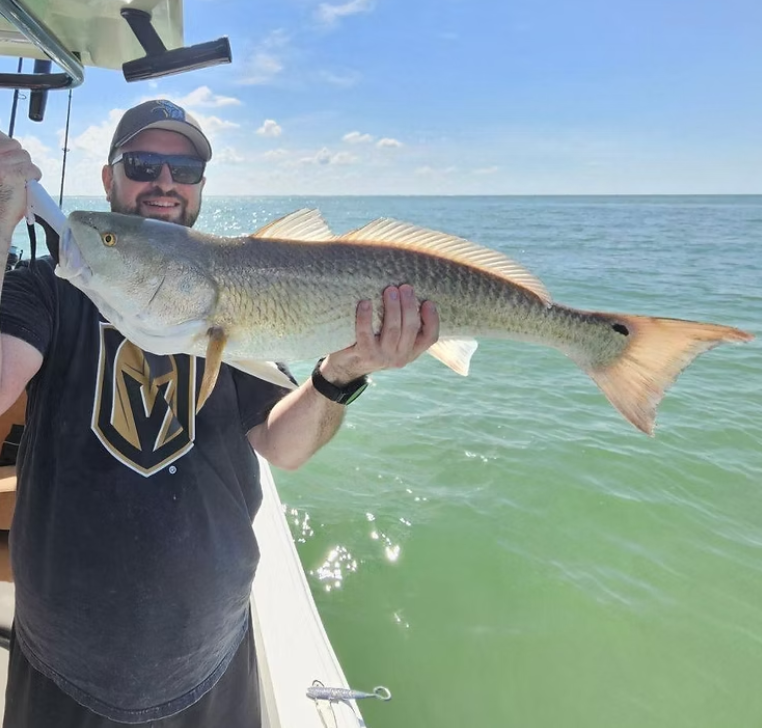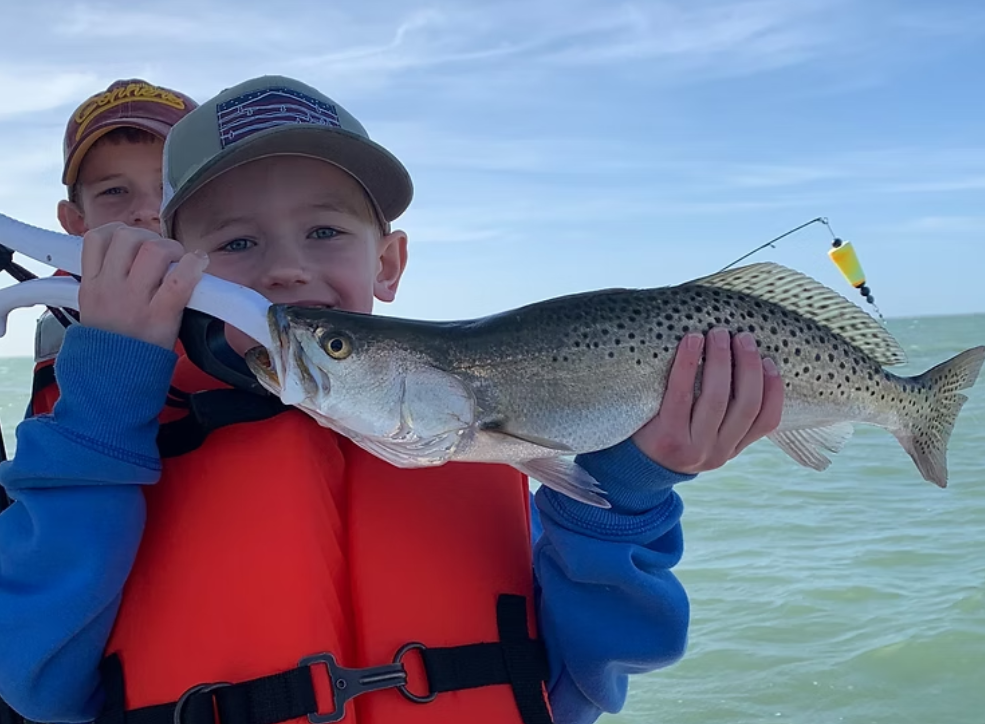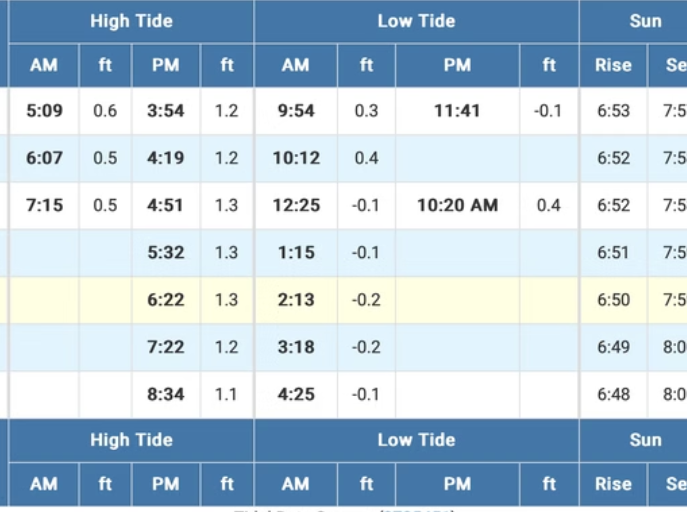How to Attach a Hook to a Live Shrimp: A Step-by-Step Guide
Fishing with live shrimp is one of the most effective methods to catch various fish species. Shrimp are natural prey for many saltwater and freshwater fish, making them an ideal bait for both novice and seasoned anglers. However, getting your live shrimp properly hooked can make a big difference in how effective your bait is. This blog will guide you through the steps to attach a hook to a live shrimp without harming it, ensuring it remains lively and attractive in the water.
Why Use Live Shrimp?
Live shrimp are excellent bait because their movements in the water are natural and enticing to fish. When hooked properly, the shrimp stays alive and swims, making it more attractive to predators. This lifelike movement can differentiate between a great catch and a missed opportunity.
Step 1: Choose the Right Hook
Before you start, ensure you have the right hook size and style for the shrimp and the fish you're targeting. Typically, a 1/0 or 2/0 circle or J-hook works well for most shrimp sizes, but it can vary depending on the species you're fishing for.
Circle hooks are designed to minimize gut hooking and are great for catch-and-release fishing.
J-hooks allow for a quicker, more aggressive hook set.
Step 2: Handle the Shrimp Gently
Shrimp are delicate creatures; rough handling can kill them before they even hit the water. To keep the shrimp alive, gently remove it from your bait bucket with wet hands or a net. This prevents unnecessary stress and damage to the shrimp.
Step 3: Hook Placement: Different Techniques
There are several ways to hook a live shrimp, depending on the type of fish you're targeting and how you want the shrimp to behave in the water. Let’s cover the most common methods:
1. Through the Horn
This is one of the best methods for your shrimp to stay alive and swim naturally.
Locate the horn: Just above the shrimp's head, there is a small, clear section called the horn. You’ll notice this part before its darker brain spot (black dot).
Insert the hook: Slide the hook through this transparent horn, avoiding the brain. The shrimp will remain alive and active with minimal injury, ensuring its natural swimming motion is retained.
This method is ideal for free-lining (without weight) or using under a float, allowing the shrimp to swim naturally in the water.
2. Through the Tail
Hooking through the tail is an excellent method for casting long distances because the shrimp remains firmly attached to the hook.
Identify the right spot: Thread the hook through the last segment of the shrimp’s tail, just before the fan (the flat part of the tail).
Insert the hook: Push the hook from one side of the tail and out the other, ensuring not to puncture the shrimp’s digestive tract.
This technique works well for bottom fishing or keeping the shrimp in place using a sinker.
3. Through the Body
This method can be used for larger shrimp and when you want a more secure hook placement, especially for aggressive fish species.
Insert the hook behind the head: Push the hook just behind the head, near the thorax area, avoiding the vital organs.
Thread it through: Bring the hook all the way out through the middle of the shrimp's body.
This method often kills the shrimp more quickly, so it’s not recommended for prolonged fishing sessions. However, the firm hook set helps when casting farther or dealing with fish that aggressively bite.
Step 4: Keep the Shrimp Lively in the Water
After hooking the shrimp, it's essential to maintain its liveliness. Use a light line and minimal weight to allow the shrimp to swim naturally. If you're fishing in fast currents or deeper water, a small split-shot weight or a popping cork can be added to help control the shrimp’s movement without restricting its swimming ability.
Step 5: Monitor Your Hooked Shrimp
Live shrimp will eventually become exhausted or injured, so keep an eye on your bait. If the shrimp dies or becomes sluggish, replace it with a fresh one. Fish are much more likely to bite lively, actively swimming shrimp, so checking your bait frequently can significantly increase your chances of success.
Final Tips for Success
Keep shrimp alive: Use an aerated bait bucket or live well to keep your shrimp in top condition until you’re ready to use them.
Match your shrimp size: Use shrimp that match the size of your target fish. Large shrimp can be intimidating for smaller fish and may even deter them from biting.
Adjust your hook method: Experiment with different hooking methods based on your fishing conditions, such as depth, current, and targeted species.
Conclusion
Hooking live shrimp properly is crucial for maximizing your fishing success. Choosing the right hook size and placement technique ensures your shrimp remains lively and attractive to fish, whether fishing in shallow flats, deep water, or near structures. Handling your bait carefully, paying attention to its movement, and swapping it out when necessary can significantly improve your chances of landing that perfect catch. Happy fishing!



